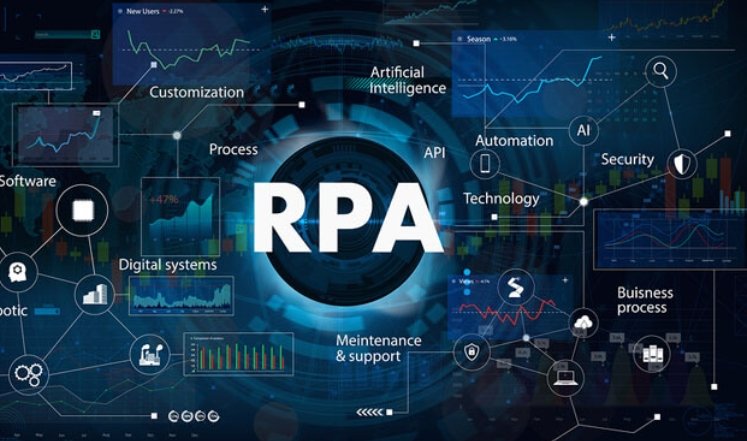
In the digital age, where efficiency and speed are paramount, businesses are constantly seeking innovative solutions to streamline their processes. One such groundbreaking technology that has gained significant traction in recent years is Robotic Process Automation (RPA). RPA involves the use of software robots or artificial intelligence (AI) to automate repetitive, rule-based tasks, thereby allowing organizations to enhance productivity, reduce costs, and improve accuracy.
Contents
Understanding the Mechanics of RPA
At its core, RPA mimics the actions of human users interacting with digital systems and software applications. These virtual robots are programmed to follow predefined rules and workflows, enabling them to perform a wide range of tasks, including data entry, data manipulation, form processing, and more. Unlike traditional automation solutions, RPA does not require complex integrations or modifications to existing IT infrastructure, making it a cost-effective and scalable option for businesses of all sizes.
Applications Across Industries
The versatility of RPA makes it applicable across various industries, from finance and healthcare to retail and manufacturing. In the finance sector, RPA can automate account reconciliation, invoice processing, and compliance reporting, reducing manual errors and accelerating financial operations. Similarly, in healthcare, RPA can streamline patient data management, insurance claims processing, and appointment scheduling, allowing healthcare providers to focus more on patient care.
In the retail industry, RPA can optimize inventory management, order processing, and customer service operations, enhancing the overall shopping experience for consumers. Additionally, in manufacturing, RPA can automate supply chain management, production scheduling, and quality control processes, leading to improved efficiency and cost savings.
Overcoming Challenges and Driving Adoption
While the benefits of RPA are undeniable, organizations may encounter challenges during the implementation process. These challenges may include identifying suitable processes for automation, ensuring data security and compliance, and managing organizational change. However, with proper planning, training, and support, these challenges can be effectively addressed, paving the way for successful RPA implementation.
To drive adoption, it is essential for organizations to educate their workforce about the benefits of RPA and involve employees in the automation process. By fostering a culture of innovation and continuous improvement, organizations can harness the full potential of RPA to drive business growth and competitiveness in today’s fast-paced market landscape.
The Future of RPA
Looking ahead, the future of RPA is incredibly promising, with advancements in AI, machine learning, and natural language processing (NLP) further enhancing its capabilities. As RPA continues to evolve, we can expect to see greater integration with other emerging technologies such as cognitive automation, chatbots, and predictive analytics, enabling organizations to automate more complex and cognitive tasks.
Moreover, the democratization of RPA tools and platforms is making automation accessible to a wider audience, including small and medium-sized enterprises (SMEs) and non-technical users. This democratization, coupled with the growing demand for digital transformation, is expected to drive significant growth in the RPA market in the coming years.
Robotic Process Automation represents a paradigm shift in how businesses approach process automation, offering unparalleled opportunities for efficiency, innovation, and growth. By embracing RPA, organizations can unlock new levels of productivity and competitiveness, paving the way for a brighter and more automated future.








